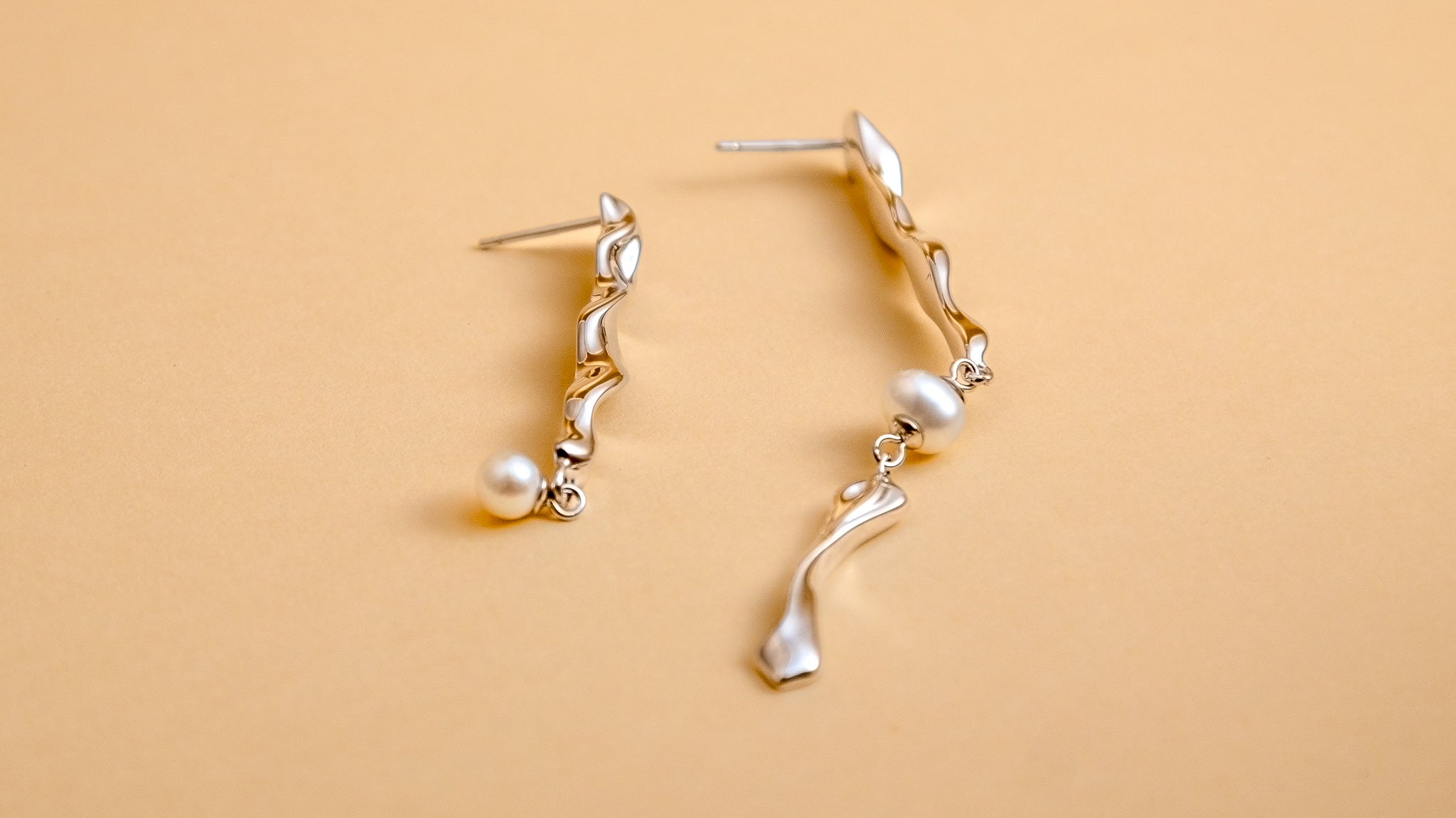
Best Cleaner for Sterling Silver: Top Tips & DIY Methods
Sterling silver has a timeless appeal, bringing elegance and sophistication to jewelry, tableware, and decorative items. Over time, however, tarnish and dirt can rob sterling silver of its brilliant shine. Whether you're caring for an heirloom silver ring or a silver-plated tray, knowing the best cleaner for sterling silver is crucial. This guide dives deep into expert-recommended products, DIY solutions, and exclusive opportunities, like Minelen’s exchange program, to ensure your sterling silver remains in pristine condition.
Understanding Sterling Silver and Tarnish
Sterling silver is composed of 92.5% pure silver and 7.5% copper, an alloy that enhances its durability. Despite its beauty, sterling silver tarnishes over time due to exposure to air, humidity, and sulfur compounds, causing a chemical reaction that leaves a dull or blackened surface.
Why Does Tarnish Happen?
- Air Exposure: Contact with oxygen leads to oxidation.
- Sulfur Compounds: Found in polluted air and some foods, sulfur reacts with silver to form tarnish.
- Moisture: Accelerates tarnish, especially in humid environments.
Understanding the science behind tarnish helps in selecting the right cleaning method and preventive measures.
Signs That Your Sterling Silver Needs Cleaning
It's easy to overlook the gradual dulling of silver until it’s noticeable. Here’s when to take action:
- Yellow or Black Tint: Tarnish is visibly coating the surface.
- Loss of Shine: The luster fades, leaving a matte appearance.
- Grime in Details: Dirt collects in grooves or intricate patterns.
Regular cleaning can prevent heavy tarnish buildup, making maintenance quicker and easier.
Best Cleaners for Sterling Silver
Cleaning sterling silver effectively requires choosing the right method for your item.
1. Commercial Cleaners
Commercial cleaners are formulated to remove tarnish safely and quickly.
- Liquid Cleaners: Ideal for restoring tarnished pieces. Dip your item for an instant shine.
- Polishing Cloths: Handy for light tarnish and everyday upkeep.
- Creams and Pastes: Perfect for intricate designs, allowing precision in cleaning.
2. DIY Cleaning Solutions
If you prefer natural or affordable solutions, try these DIY methods:
- White Vinegar and Baking Soda: Mix ½ cup of vinegar with 2 tablespoons of baking soda to create a fizzing solution. Submerge the item for 5–10 minutes, then rinse and dry.
- Baking Soda and Aluminum Foil: Line a bowl with foil, add hot water, and dissolve 1 tablespoon of baking soda. Place the silver so it touches the foil, and watch the tarnish disappear.
- Toothpaste: Non-gel toothpaste works as a gentle abrasive to remove tarnish. Rub gently with a soft cloth or toothbrush, rinse, and polish.
3. Ultrasonic Cleaners
For deeply tarnished or intricate silver items, ultrasonic cleaners use sound waves and a cleaning solution to remove dirt and tarnish from hard-to-reach areas. Avoid using these for items with gemstones or delicate silver-plated finishes.
How to Clean Sterling Silver: Step-by-Step Guide
For Commercial Cleaners
- Prepare Your Item: Remove dust with a soft microfiber cloth.
- Apply Cleaner: Follow the product’s instructions, either dipping the silver or applying the cream with a cloth.
- Rinse and Dry: Rinse thoroughly with warm water and dry with a lint-free cloth.
For DIY Methods
- Set Up Your Solution: Use one of the methods described above, like the aluminum foil and baking soda technique.
- Immerse the Item: Let the silver sit for 5–10 minutes.
- Polish: Use a clean polishing cloth to restore the shine.
For Polishing Cloths
- Use a soft-bristled microfiber cloth or a dedicated polishing cloth.
- Rub the silver gently to remove tarnish and fingerprints.
Do’s and Don’ts for Cleaning Sterling Silver
Do’s
- Use anti-tarnish bags for storage.
- Rinse silver with warm water after cleaning to remove residues.
- Handle silver regularly—natural oils can help prevent tarnish.
Don’ts
- Avoid harsh chemicals like bleach or ammonia.
- Don’t use abrasive materials like steel wool, which can scratch the surface.
- Never submerge silver jewelry with gemstones in liquid solutions, as it may loosen the stones.
Exclusive Offer: Minelen’s Exchange Program
Minelen offers an exciting opportunity to refresh your sterling silver collection. You can:
- Trade in Old Jewelry for a Discount: Exchange your worn or outdated pieces for a significant discount on new designs.
- 100% Exchange at No Extra Cost: Replace your old sterling silver jewelry with stunning new items—completely free of charge!
This program allows you to enjoy modern designs without worrying about tarnished or outdated pieces, ensuring your collection remains stylish and sparkling.
Preventing Tarnish Naturally
Preventing tarnish is just as important as cleaning. Here are some tips:
- Store Properly: Use anti-tarnish bags or cloths, and add silica gel packs to absorb moisture.
- Limit Exposure: Remove silver jewelry before using cleaning products or swimming.
- Polish Regularly: A quick wipe-down with a polishing cloth can prevent buildup.
Ultrasonic Cleaners: Are They Worth It?
Ultrasonic cleaners are powerful for deep cleaning but should be used carefully.
Pros
- Effective for intricate pieces.
- Saves time on heavily tarnished items.
Cons
- May loosen gemstones or damage plated silver.
- Requires investment in equipment.
Use ultrasonic cleaning for plain sterling silver items without additional embellishments.
How Often Should You Clean Sterling Silver?
The frequency of cleaning depends on usage:
- Everyday Jewelry: Clean weekly with a polishing cloth.
- Rarely Used Pieces: Inspect and clean every 3–6 months.
- Heirloom Silverware: Opt for professional cleaning once a year.
FAQs
- What is the best cleaner for silver-plated items?
- Use a gentle polishing cloth or non-abrasive cream to avoid damaging the thin silver layer.
- Can lemon juice clean sterling silver?
- Yes, lemon juice can work when combined with baking soda for light tarnish, but rinse thoroughly to prevent acid damage.
- How do I clean sterling silver jewelry with gemstones?
- Use a polishing cloth or a soft microfiber cloth around the gemstones, avoiding liquid solutions.
- Is toothpaste safe for cleaning sterling silver?
- Toothpaste is a quick fix but can be abrasive. Use sparingly or switch to a silver-specific cleaner for regular care.
- What is the easiest way to prevent tarnish?
- Store silver in anti-tarnish bags and avoid exposure to humidity or sulfur-rich environments.
- Can baking soda damage silver?
- When used properly, baking soda is safe. Avoid scrubbing too hard, as it may cause fine scratches.
Sterling silver requires thoughtful care to maintain its timeless appeal. From reliable commercial cleaners to budget-friendly DIY methods, there’s a solution for every level of tarnish. For those ready to upgrade their collection, Minelen’s exchange program provides an unbeatable opportunity to refresh your silverware or jewelry without extra costs. With the right cleaning techniques and preventive measures, your sterling silver will continue to shine for years to come.





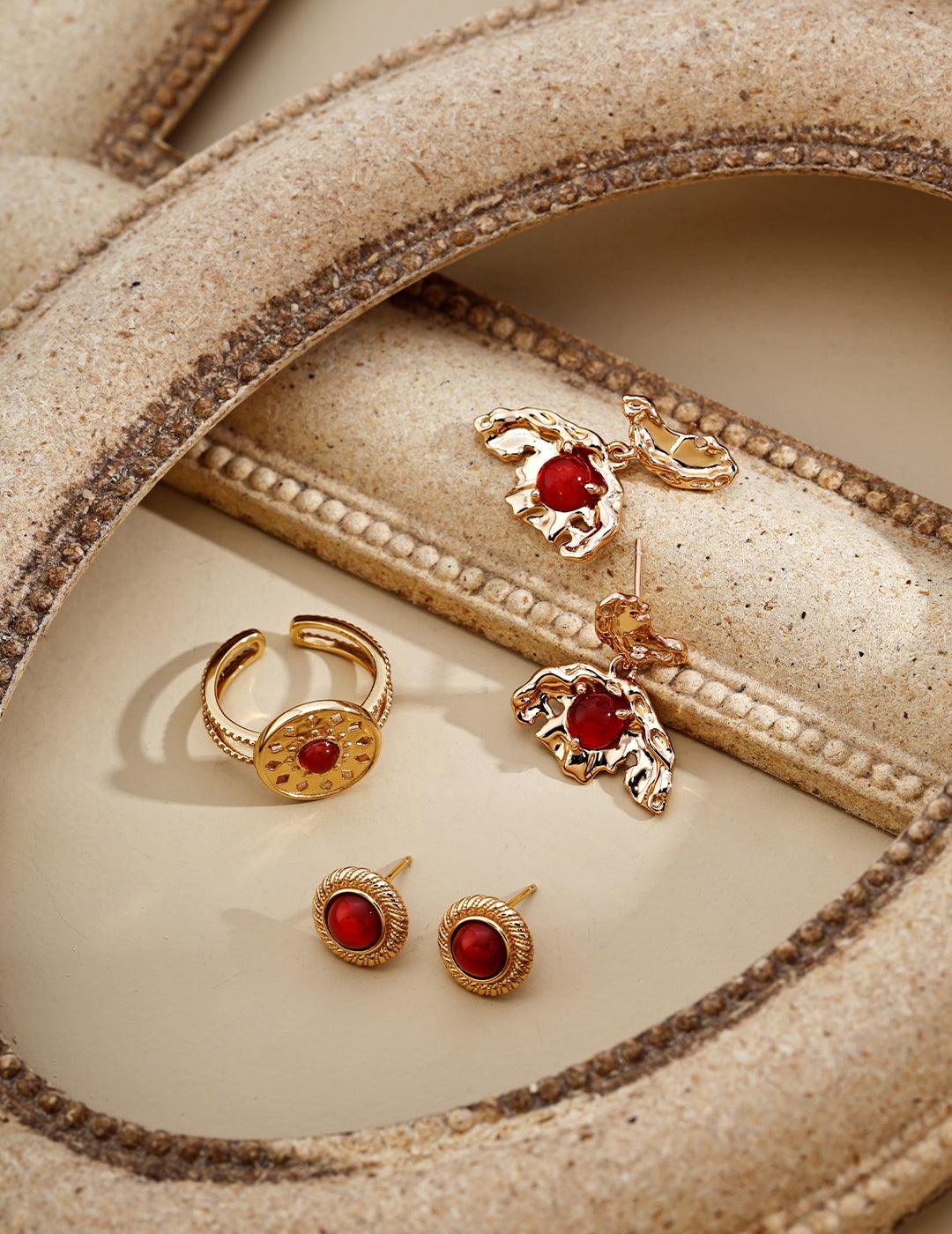
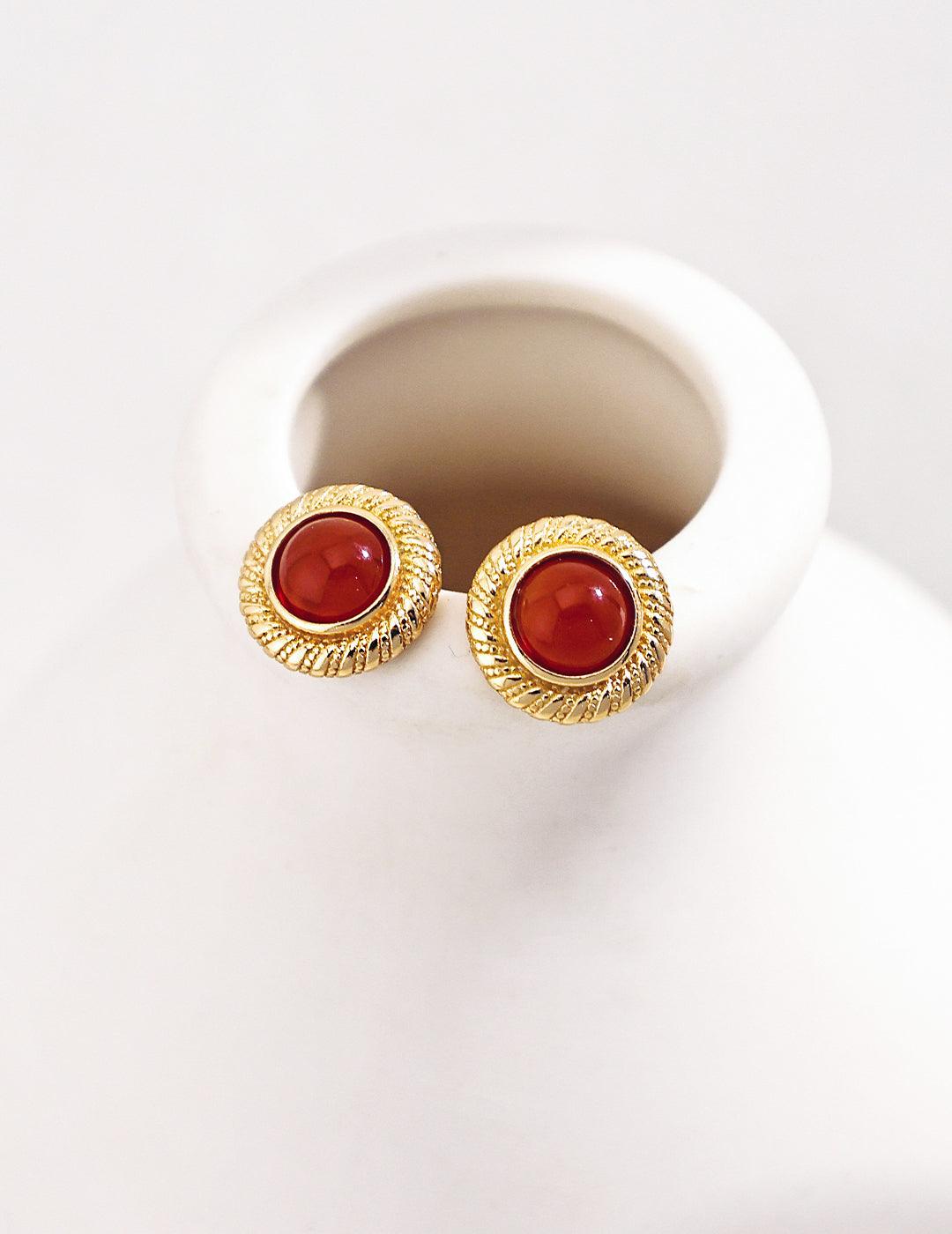
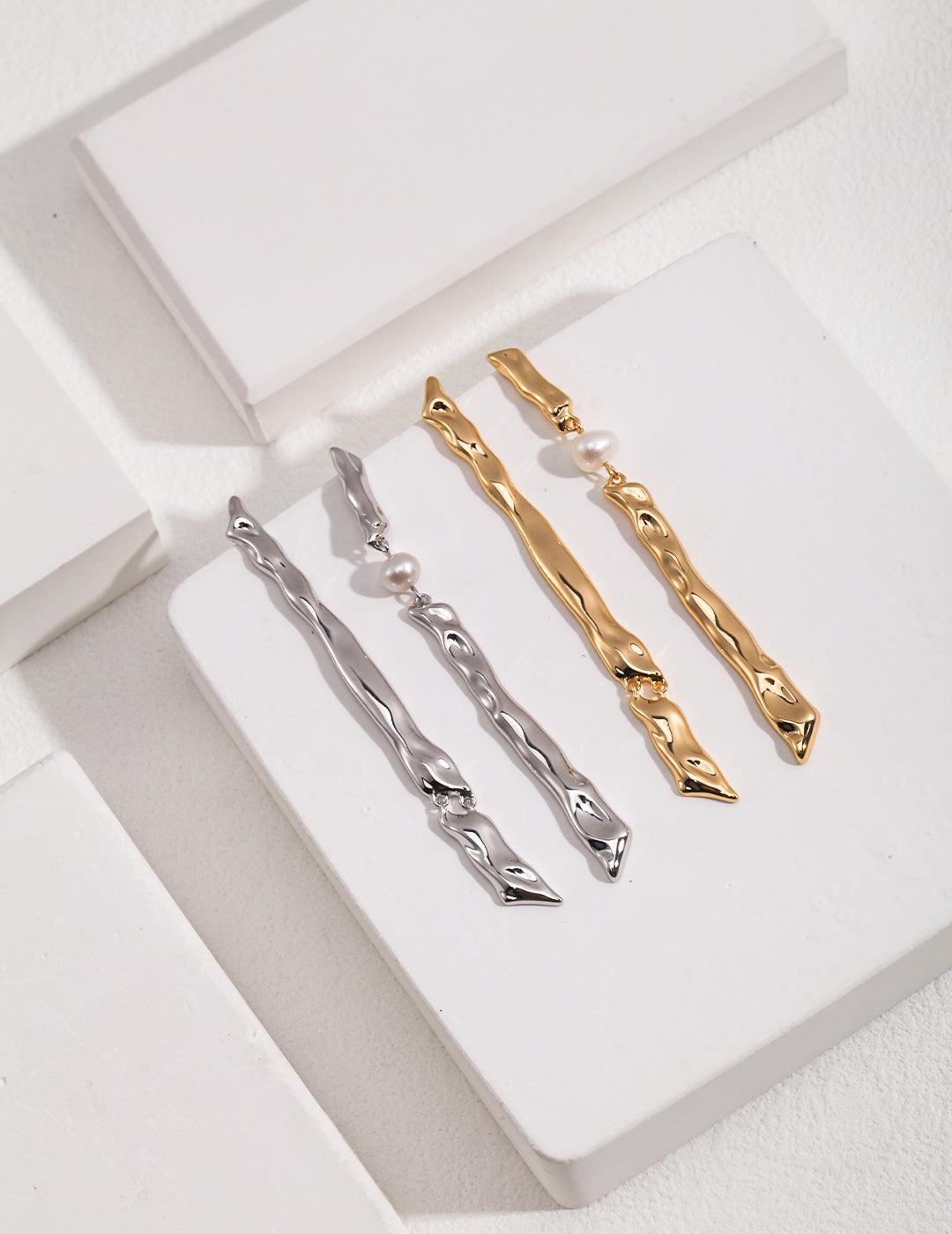

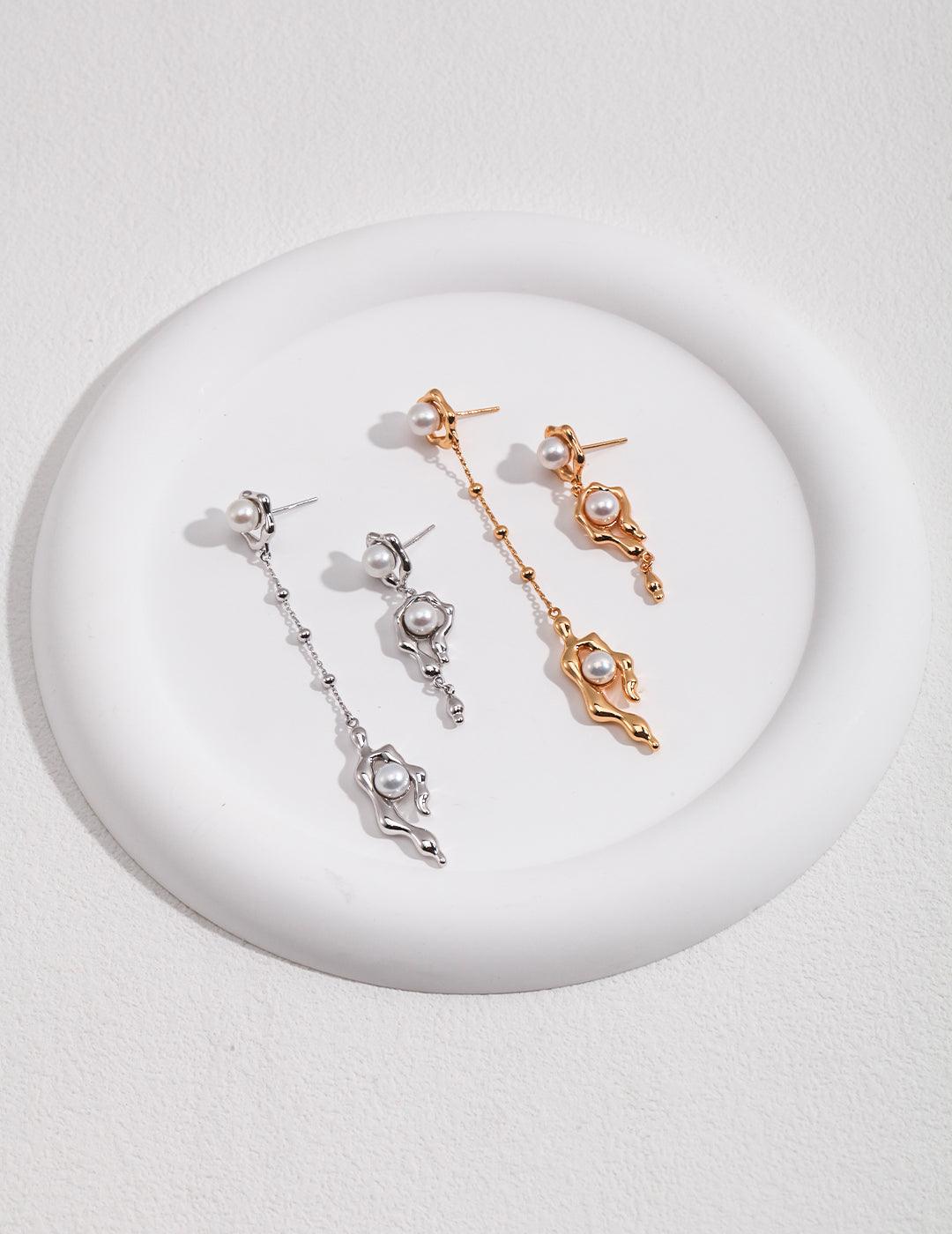


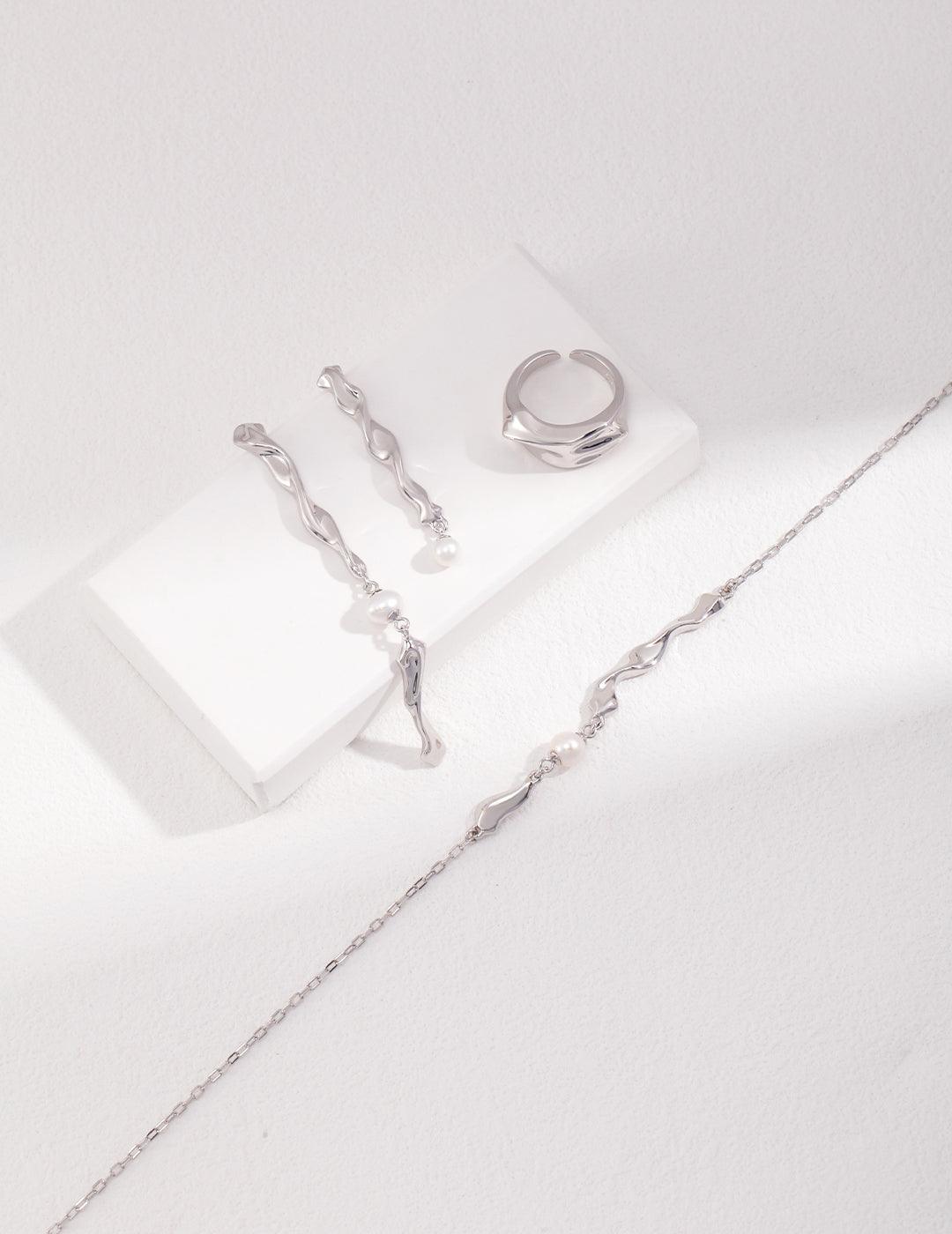




Leave a comment
This site is protected by hCaptcha and the hCaptcha Privacy Policy and Terms of Service apply.